
The Informer is a 1935 American drama thriller film directed and produced by John Ford, adapted by Dudley Nichols from the 1925 novel of the same title by Irish novelist Liam O'Flaherty. Set in 1922, the plot concerns the underside of the Irish War of Independence and centers on a disgraced Republican man, played by Victor McLaglen, who anonymously informs on his former comrades and spirals into guilt as his treachery becomes known. Heather Angel, Preston Foster, Margot Grahame, Wallace Ford, Una O'Connor and J. M. Kerrigan co-star. The novel had previously been adapted for a British film of the same name in 1929.

Richard Dix was an American motion picture actor who achieved popularity in both silent and sound film. His standard on-screen image was that of the rugged and stalwart hero. He was nominated for the Academy Award for Best Actor for his lead role in the Best Picture-winning epic Cimarron (1931).

Carl Henry Vogt, known by his stage name Louis Calhern, was an American actor. Described as a “star leading man of the theater and a star character actor of the screen,” he appeared in over 100 roles on the Broadway stage and in films and television, between 1923 and 1956. He was nominated for the Academy Award and the Golden Globe Award for Best Actor for portraying U.S. Supreme Court Justice Oliver Wendell Holmes in the 1950 film The Magnificent Yankee.
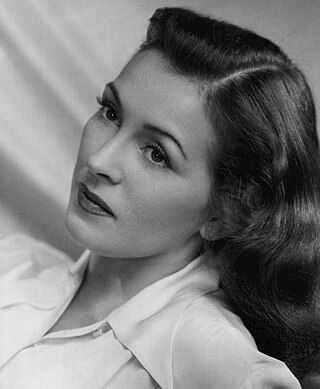
Nancy Kelly was an American actress in film, theater, and television. A child actress and model, she was a repertory cast member of CBS Radio's The March of Time, and appeared in several films in the late 1920s. She became a leading lady upon returning to the screen in the late 1930s, while still in her teens, and made two dozen movies between 1938 and 1946, including portraying Tyrone Power's love interest in the classic Jesse James (1939), which also featured Henry Fonda, and playing opposite Spencer Tracy in Stanley and Livingstone, later that same year. After turning to the stage in the late 1940s, she had her greatest success in a character role, the distraught mother in The Bad Seed, receiving a Tony Award for Best Actress in a Play for the 1955 stage production and an Academy Award nomination as Best Actress for the 1956 film adaptation, her last film role. Kelly then worked regularly in television until 1963, then took over the role of Martha in the original Broadway production of Who's Afraid of Virginia Woolf? for several months. She returned to television for a handful of appearances in the mid-1970s.

Preston Stratton Foster, was an American actor of stage, film, radio, and television, whose career spanned nearly four decades. He also had a career as a vocalist.
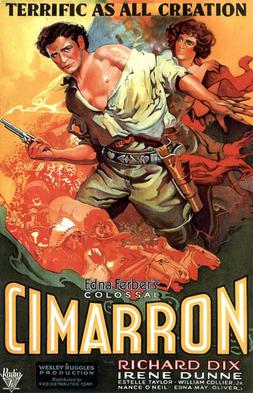
Cimarron is a 1931 pre-Code epic Western film starring Richard Dix and Irene Dunne, and directed by Wesley Ruggles. Released by RKO, it won Academy Awards for Best Picture, Best Adapted Screenplay, and Best Production Design.
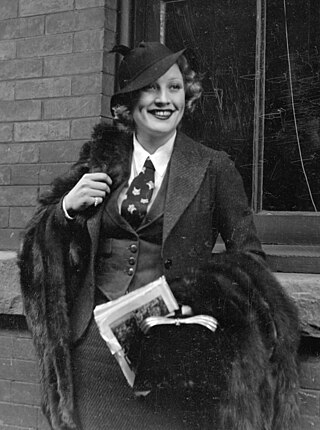
Margot Grahame was an English actress most noted for starring in The Informer (1935) and The Three Musketeers (1935). She started acting in 1930 and made her last screen appearance in 1958.
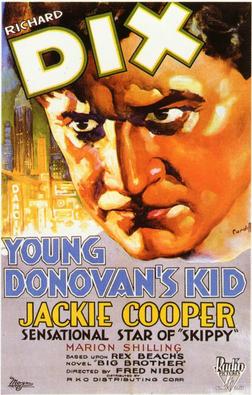
Young Donovan's Kid is a 1931 American pre-Code melodrama film directed by Fred Niblo, from a screenplay by J. Walter Ruben, based upon the short story, Big Brother, by Rex Beach. It was a remake of a 1923 silent film of the same, produced by Famous Players–Lasky, and directed by Allan Dwan. This version starred Richard Dix, Jackie Cooper, and Marion Shilling. The film also featured Boris Karloff in a supporting role as "Cokey Joe".
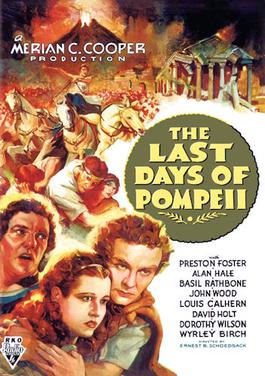
The Last Days of Pompeii (1935) is an RKO Radio Pictures film starring Preston Foster and directed by Merian C. Cooper and Ernest B. Schoedsack, creators of the original King Kong.

Girl of the Port is a 1930 pre-Code melodramatic adventure/romance American film directed by Bert Glennon. The screenplay was written by Beulah Marie Dix and Frank Reicher based on the short story "The Fire-walker" by John Russell. The film stars Sally O'Neil, Reginald Sharland, Mitchell Lewis and Duke Kahanamoku.

By Your Leave is a 1934 American domestic comedy film directed by Lloyd Corrigan from a script by Allan Scott, Lewis Foster, and Sam Mintz. The screenplay was based on a play of the same name by Gladys Hurlbut and Emma B. C. Wells, which had a short run early in the year at the Morosco Theatre. The film was produced by Pandro S. Berman, and starred Frank Morgan and Genevieve Tobin, although several other actresses were initially scheduled to appear in the film, including Mary Astor and Ann Harding. Both stars were on loan to RKO from other studios. It marked the film debuts of two notable Broadway actors, Glenn Anders and Gene Lockhart, the latter of which had a lengthy Hollywood career. By Your Leave opened on November 9, 1934, and received mostly positive reviews.

Freckles is a 1935 American drama film directed by Edward Killy and William Hamilton from a screenplay written by Dorothy Yost, adapted by Mary Mayes from Gene Stratton-Porter's 1904 novel of the same name. Two earlier adaptations of Stratton-Porter's novel had been produced, the first by Paramount in 1917, and the second in 1928 by FBO, both were also titled Freckles. This 1935 version was released by RKO Radio Pictures on October 4, and stars Tom Brown, Virginia Weidler, and Carol Stone.
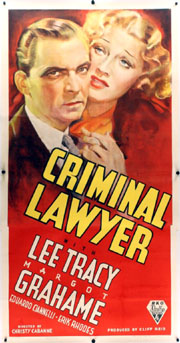
Criminal Lawyer is a 1937 American drama film directed by Christy Cabanne from a screenplay by G. V. Atwater and Thomas Lennon, based on a story by Louis Stevens. The film stars Lee Tracy, Margot Grahame and Eduardo Ciannelli. RKO produced the film and premiered it on January 26, 1937, in New York City, with a national release a few days later on January 29. It was the second time Stevens' story had been used for a film, the first being 1932's State's Attorney, starring John Barrymore and Helen Twelvetrees, directed by George Archainbaud, and also produced and released by RKO.
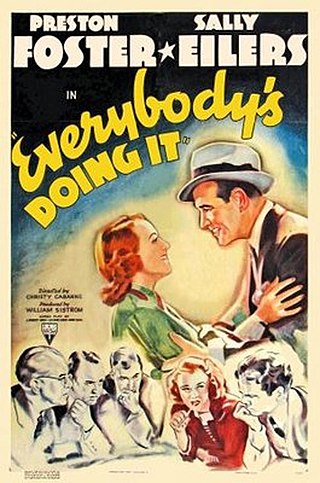
Everybody's Doing It is a 1938 American comedy film directed by Christy Cabanne using a screenplay by J. Robert Bren, Edmund Joseph, and Harry Segall, based on George Beck's story. RKO produced and distributed the film, releasing it on January 14, 1938. The movie stars Preston Foster and Sally Eilers.
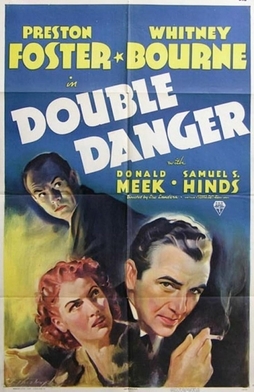
Double Danger is a 1938 American crime drama directed by Lew Landers, using a screenplay by Arthur T. Horman and J. Robert Bren based on Horman's story. The film stars Preston Foster and Whitney Bourne, with supporting roles by Donald Meek and Samuel S. Hinds. Produced by RKO Radio Pictures, it was released on January 28, 1938.
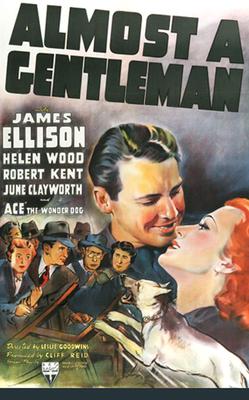
Almost a Gentleman is a 1939 American drama film directed by Leslie Goodwins from a screenplay by David Silverstein and Jo Pagano, based on the story by Harold Shumate. The film stars James Ellison, Helen Wood and Robert Kent. It was released by RKO Radio Pictures on March 31, 1939.
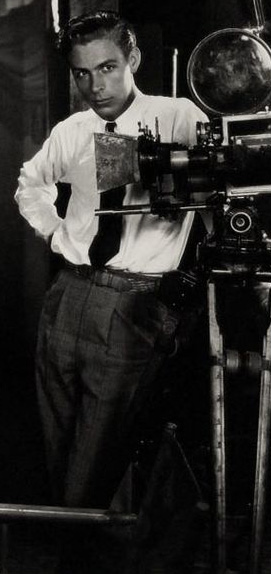
Edward Cronjager was an American cinematographer whose career spanned from the silent era through the 1950s. He came from a family of cinematographers, with his father, uncle, and brother all working in the film industry behind the camera. His work covered over 100 films and included projects on the small screen towards the end of his career. He filmed in black and white and color mediums, and his work received nominations for seven Academy Awards over three decades, although he never won the statue.
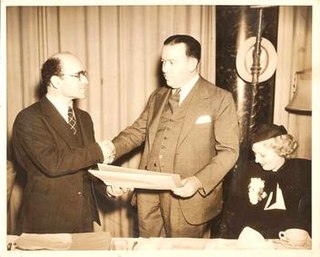
Cliff Reid, also known as George Clifford Reid, was an American film producer and film production studio founder during the 1930s and 1940s. In addition he also directed film shorts, and was the assistant director on several feature films.

James Bush was an American actor from the 1930s until the early 1950s. He appeared in more than 100 television shows and films, more than 80 of them being feature films.

Lee Marcus, also known as Lee S. Marcus, was an American film producer of the 1930s and 1940s. During his fifteen-year career he produced over 85 films, most of them between 1934 and 1941 while he was at RKO Studios. Prior to his production career, Marcus worked for FBO and then RKO as a sales executive, reaching the level of vice president in both organizations. At RKO, he was head of production of the studio's b-films during the late 1930s and the beginning of the 1940s. He was also responsible for producing what many consider to be the first film noir, 1940's Stranger on the Third Floor.





















